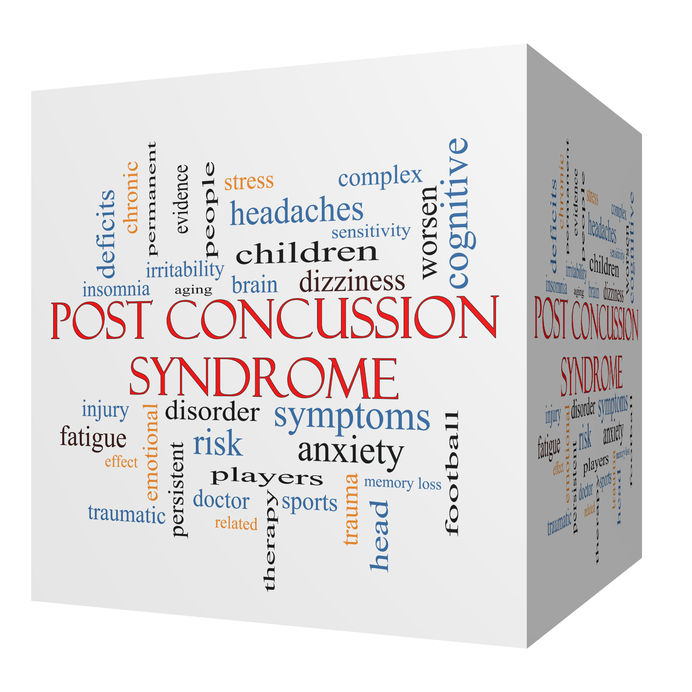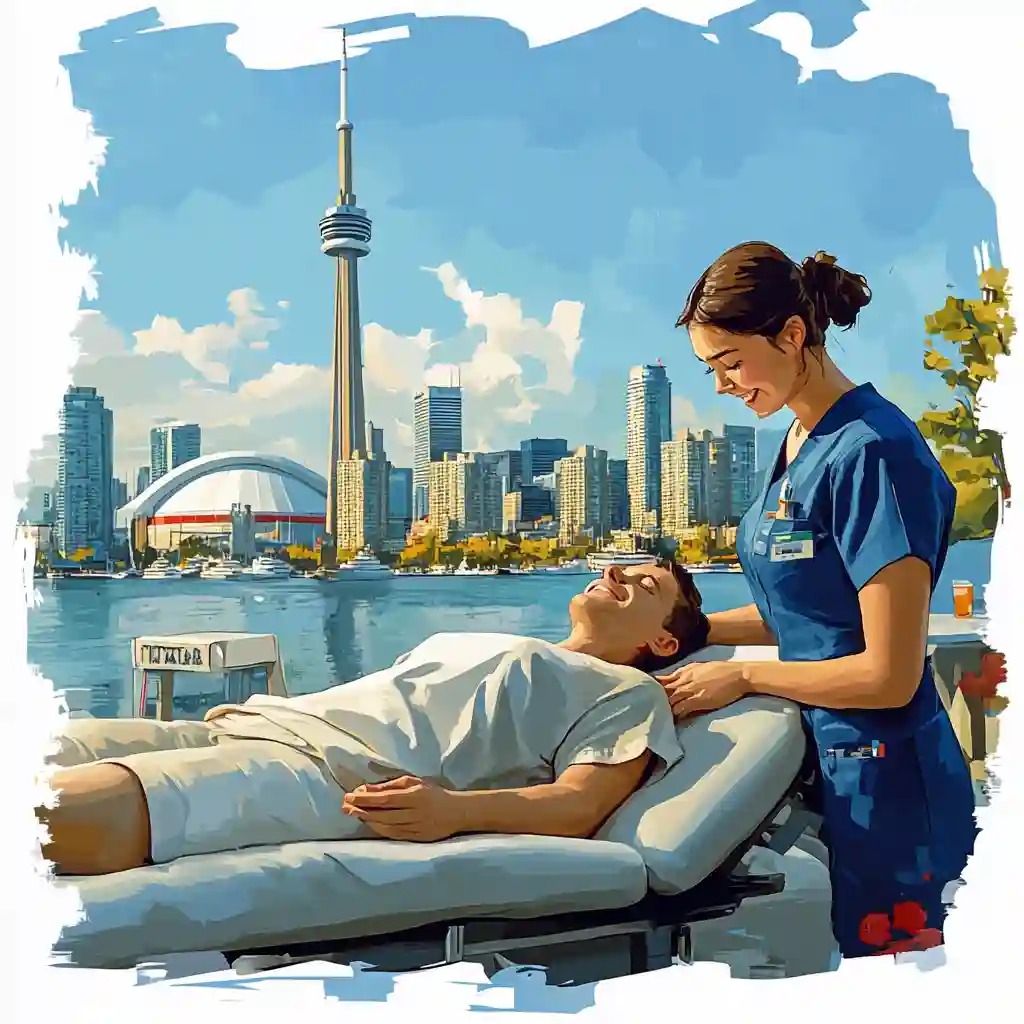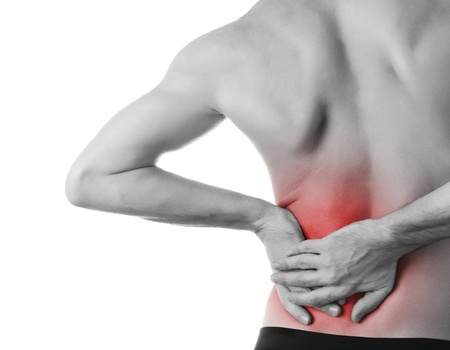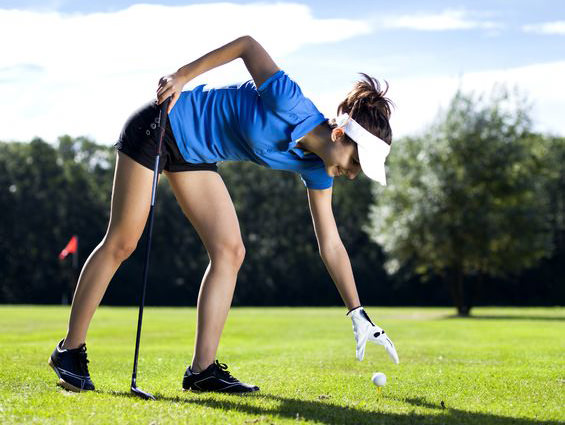Recovering from Post Concussion Syndrome: Step-by-Step Guide

Post-Concussion Syndrome Rehabilitation
Experiencing post-concussion symptoms can be a challenging journey, but the good news is that most symptoms tend to resolve within three weeks. For those facing persistent post concussion symptoms, here are eight chronological steps to guide you towards proper recovery. If you find yourself stuck at any step, seeking help, particularly from a chiropractor with experience in post concussion syndrome assessment and treatments, is crucial.
A Low Back MRI Won’t Get You Surgery Any Quicker
1. Rest for 48-72 Hours:
Initiate the recovery process by allowing your brain to rest. For the first 48-72 hours, refrain from activities that strain your brain, such as computer use, reading, or engaging with screens. Even exposure to bright lights might be discomforting, so consider wearing sunglasses. Prioritize ample sleep during this period as your body heals.
2. Symptom-Limited Activity:
Gradually reintroduce light activities, such as walking, to gauge your symptom threshold. Pay attention to any recurrence of headaches or dizziness, and if symptoms reappear, stop the activity and give your brain the necessary rest.
Recovering from Concussion Symptoms with VRT Therapy
3. Light Aerobic Exercise:
Once you can engage in 30 minutes of activity without symptoms, progress to light aerobic exercises like walking or using a stationary bike. Monitor your body’s response and ensure that activities don’t trigger a return of post-concussion symptoms.
4. Sport-Specific Drills (No Head Contact):
Upon achieving an hour of activity without symptoms, incorporate sport-specific drills. For instance, if you play hockey, start with skating exercises, figure 8s, and puck shooting. Avoid activities involving head contact or intense physical exertion.
5. Non-Contact Training Drills:
As you successfully perform non-contact sport-specific drills without symptoms, advance to more complex exercises. Football (soccer) players can introduce foot drills, while hockey players can engage in strategic plays and passing exercises. Begin progressive weights and resistance training, starting with light weights and gradually increasing intensity.
6. Full-Contact Practice (Following Medical Clearance):
After clearance from medical professionals and symptom-free completion of previous steps, consider reintroducing full-contact practices. This stage involves resuming normal sports-related activities while remaining vigilant for any recurrence of symptoms.
7. Return to Normal Gameplay:
Reaching this step indicates substantial progress. Congratulations! You can now confidently return to normal gameplay. Ensure that you remain attentive to your well-being and promptly address any signs of recurring post-concussion symptoms.
8. Research and Consultation:
Stay informed about the latest research in post-concussion rehabilitation, and don’t hesitate to consult with healthcare professionals, including chiropractors. Research by Schneider et al. emphasizes the effectiveness of cervicovestibular rehabilitation in sport-related concussions, highlighting the importance of a comprehensive approach to recovery.
Navigating post-concussion syndrome recovery is a step-by-step process, and seeking professional guidance ensures a safe and thorough journey. If you have questions or concerns, reach out to your healthcare provider for personalized advice tailored to your unique situation.
Feel free to drop your questions in the comments, and I’ll be happy to provide answers. Share your thoughts on who you believe is the Best chiropractor in Toronto as well. Share your feedback with us on Facebook!
Research
Schneider KJ, Meeuwisse WH, Nettel-Aguirre A, et al., Cervicovestibular Rehabilitation in Sport-Related Concussion: British Journal of Sports Medicine 2014; 48(17): 1294–1298.








